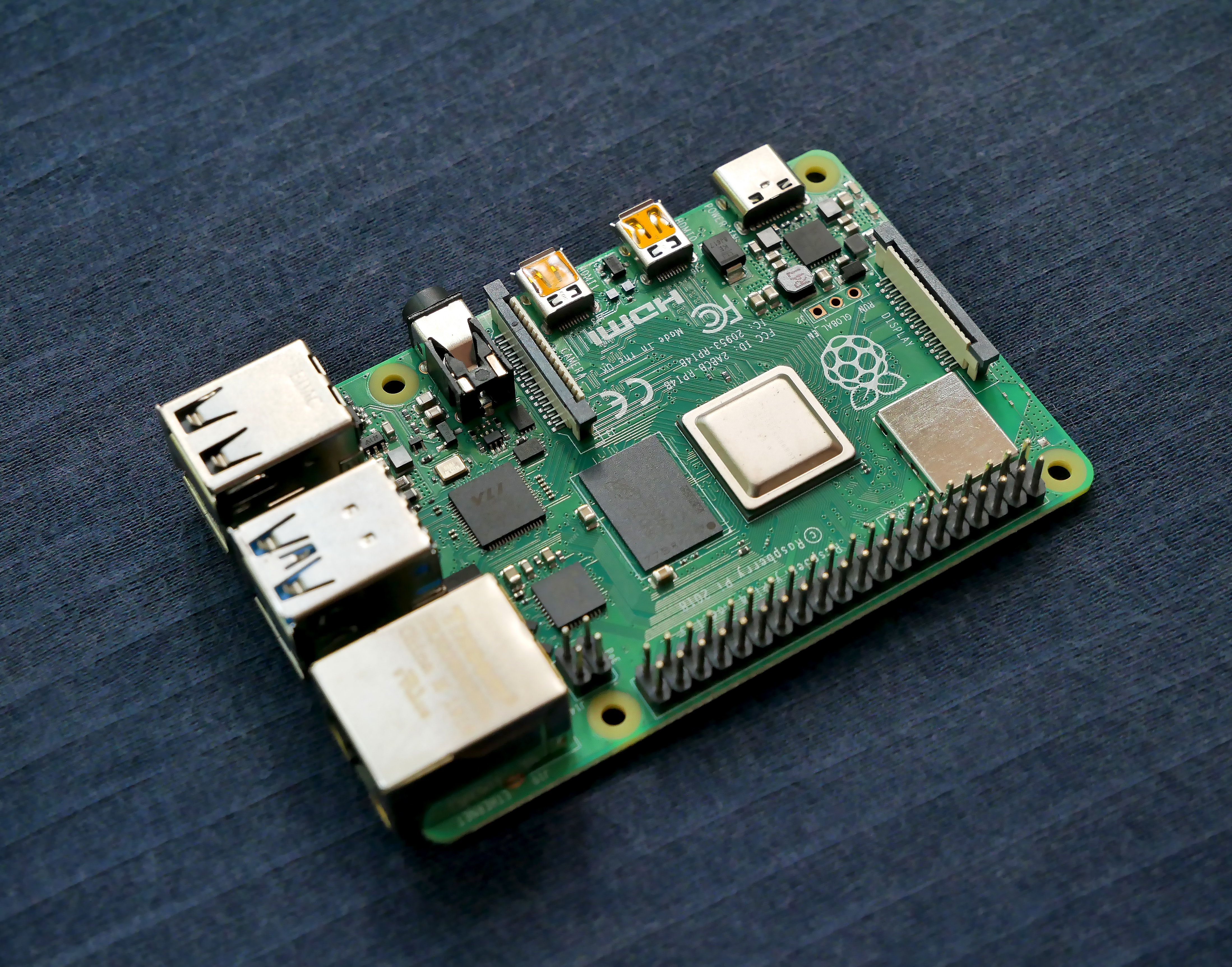NSF-Postdoctoral-Fellowship
Projects | | Links:

For my postdoc, I will working to uncover how bird flight, with other individuals and through cluttered environments, is coordinated by the nervous system. To accomplish this task, I am learning to utilize microcomputers, like the one pictured, for image acquisition and prcoessing.
I am fortunate enough to be funded by the National Science Foundation’s Postdoctoral Fellowship Program. Below, you can find the summary from my application.
Project Overview:
Visual processing – the extraction of useful information from visual stimuli – plays a crucial role in animal behavior. Typically, visual processing is studied by exposing animal subjects to simple patterns in laboratory settings. Though these methods allow for tight regulation of experimental designs, simple patterns lack many features of visual stimuli provided by natural conditions. This dramatically limits our insight into how animal behaviors emerge through the processing of visual information provided by the natural environment. With training in visual neuroscience from two renowned experts in the field - Doug Altshuler (University of British Columbia) and Doug Wylie (University of Alberta) - I will build upon my PhD in biomechanics to connect animal behavior to visual neurobiology, using free-flying pigeons as a model system. Pigeons are capable of complex flight maneuvers around obstacles and in coordination with conspecifics. I will determine how the natural statistics of visual stimuli experienced by pigeons differ across flight contexts (obstructed vs. open, solo vs. paired vs. flocked) by attaching a paired, head-mounted camera system on free-flying pigeons (Objective 1). Together, the two cameras will record the panoramic visual world during flight as viewed by the eyes of the pigeon. These animals will also be equipped with GPS-trackers and accelerometers, allowing me to determine how context-specific visual stimuli influence the kinematics and trajectories of pigeons, leading to coordinated group movements (Objective 2). Finally, by exposing pigeons to video recordings from Objective 1 while using electrophysiology to study their brain activity, I will discover how features of natural visual stimuli are encoded in the activity patterns of visual motion neurons (Objective 3). I will thereby describe the rules which govern the movement of birds, bridging the gaps between the information provided to the sensory system, sensory processing, individual motor responses, and coordinated group movement.

Intellectual Merit:
Understanding how the brain interprets visual information to guide safe movement through the environment is one of the great outstanding questions in biology. Using bird flight as a model system, I will uncover fundamental principles for the control of movement around obstacles and in coordination with other individuals. The bird flight model is underexploited relative to studies of movement in rodents but has vast potential for important contributions to sensorimotor integration. Birds are among the most maneuverable animals, exhibit stunning displays of coordinated group movement, and rely heavily on visual signals, unlike crepuscular rodents. I will be the first to determine how avian flight emerges through visual processing using natural visual stimuli. Because flight behavior, including the propensity to form flocks, varies both within and between species, my work will reveal potential sites for selection and thereby facilitate my future research - combining neuroscience, biomechanics, and evolutionary biology.
Broader Impacts:
This research will benefit society through the applications to autonomous vehicles and through my personal outreach to Native American students of the Lummi Nation. Autonomous vehicles have the potential to greatly improve road safety and air quality, but currently fail when asked to distinguish critical visual information from complex environments. This deficiency has led to the deaths of two people and significantly delayed the deployment of fully autonomous vehicles. Animals must process complex visual information efficiently and effectively on a daily basis. Thus, by leveraging over 60 million years of evolution for the control of flight in birds, I will discover robust algorithms for solving some of the key challenges in the control of autonomous vehicles, including movement in groups.
Native Americans are the least represented group in STEM. Educators in the Lummi Nation stress that connecting Native students to “culturally and geographically relevant research is an important step in producing retained students who are more likely to pursue advanced degrees” (NSF Award #1540675). By leveraging my extensive connections with the Lummi Nation and the location of my pigeon loft, I will provide Native American high school students with meaningful, hands-on exposure to science. By involving students in my field experiments with pigeons, including data collection and analysis of flights across the Lummi Nation land, I will encourage and inspire students to pursue careers in STEM.
